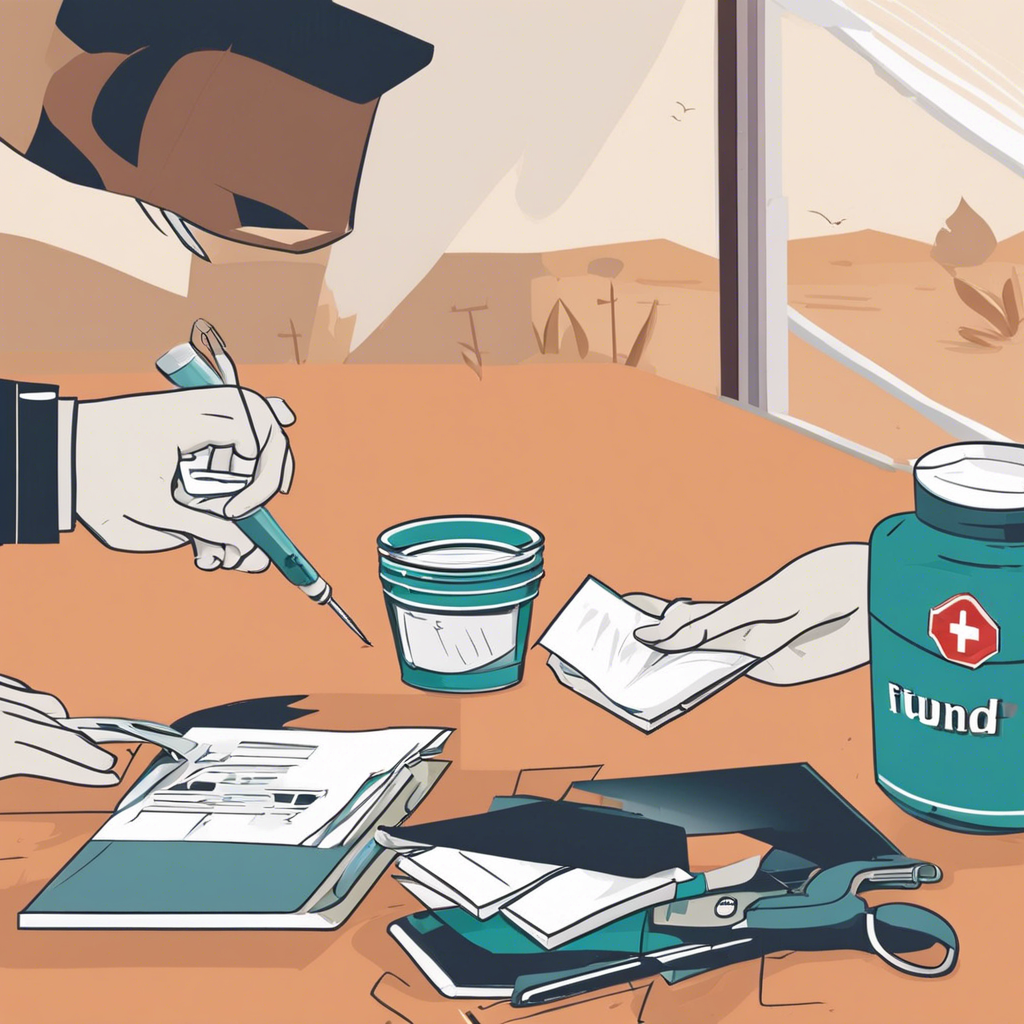Building an emergency fund is a crucial step toward financial security and preparedness. While it may seem daunting at first, establishing this financial cushion can provide peace of mind and protect you from unforeseen expenses. Here is a step-by-step guide to help you build a robust emergency fund:
**1. Determine your financial goals:**
Start by asking yourself why you want an emergency fund. Are you aiming for financial stability? Do you want to cover unexpected costs without dipping into your regular income? Understanding your motivation will help you stay focused and committed to your savings journey.
**2. Set a realistic target amount:**
The general rule of thumb is to save three to six months’ worth of living expenses. However, you can adjust this based on your personal circumstances. Consider factors such as job security, health, and whether you have any dependents. If you work in a stable job with a regular income, three months’ worth of expenses might suffice. However, if your income varies or you’re self-employed, you may want to aim for a larger cushion, closer to six months or more.
**3. Open a dedicated savings account:**
Separating your emergency fund from your regular checking account will help you resist the temptation to spend it. Look for a high-yield savings account that offers a competitive interest rate and easy access to your funds when needed. Some online banks offer excellent interest rates, so be sure to shop around.
**4. Automate your savings:**
Make saving effortless by setting up automatic transfers from your checking account to your emergency fund. You can set this up through your bank or employer. Aim to save a fixed amount each month, and treat it like any other bill that needs to be paid. Even small contributions add up over time.
**5. Cut back on non-essential expenses:**
Evaluate your budget and identify areas where you can cut back. Those small, non-essential purchases, like daily specialty coffees or subscription services you rarely use, can quickly eat into your savings. Redirect this ‘fun money’ into your emergency fund instead. You’ll be surprised at how much you can save without feeling deprived.
